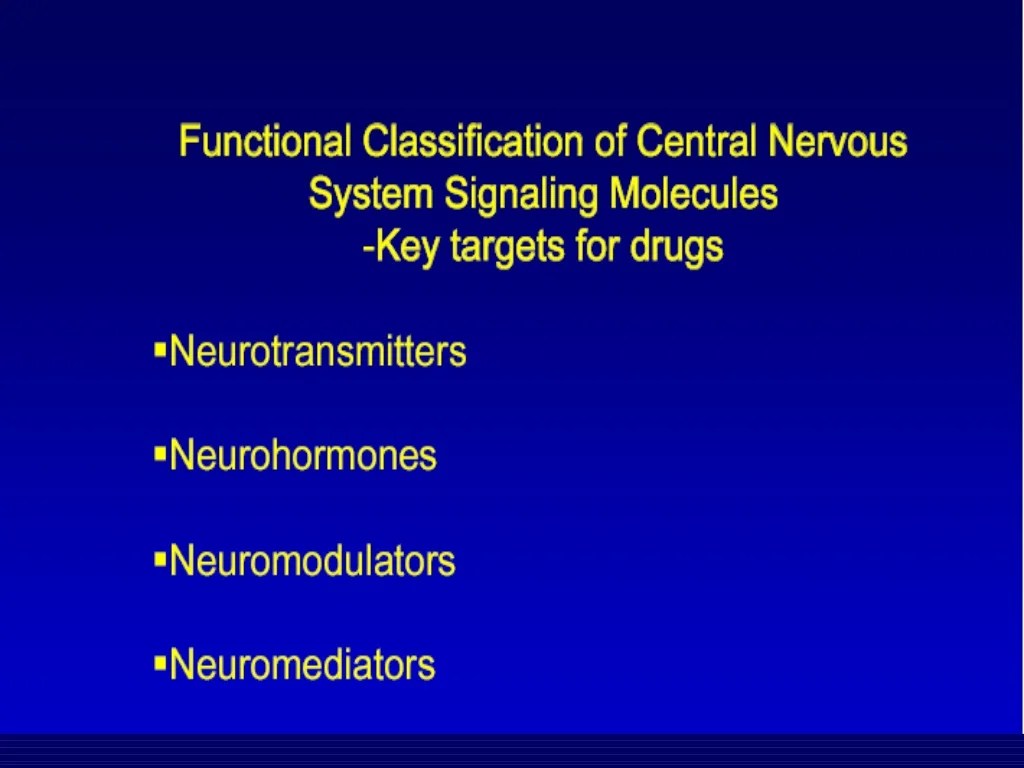Pharmacology made easy the neurological system part 1 – Embark on a journey of discovery with “Pharmacology Made Easy: The Neurological System Part 1.” This comprehensive guide unveils the intricacies of pharmacology, shedding light on its crucial role in understanding the complex workings of the neurological system. Join us as we delve into the fascinating world of neurotransmitters, receptors, and the intricate interplay between drugs and the nervous system.
Delve into the organizational structure of the nervous system, unraveling the functions of its key components, including neurons, glia, and synapses. Discover the diverse array of neurotransmitters and their pivotal role in neural communication, and gain insights into the mechanisms of drug action through neurotransmitter receptors.
Introduction: Pharmacology Made Easy The Neurological System Part 1

Pharmacology is the study of drugs and their interactions with living organisms. It is a vast and complex field that encompasses many different aspects of biology, chemistry, and medicine. In this article series, we will focus on the pharmacology of the neurological system.
The neurological system is responsible for controlling all aspects of our behavior, from the simplest reflexes to the most complex cognitive functions. It is a complex and delicate system, and even minor disruptions can have profound effects on our health and well-being.
Pharmacology plays a vital role in understanding and treating neurological disorders. By understanding how drugs interact with the nervous system, we can develop new and more effective treatments for these conditions.
Structure and Function of the Nervous System

The nervous system is divided into two main parts: the central nervous system (CNS) and the peripheral nervous system (PNS).
The CNS consists of the brain and spinal cord. The brain is the control center of the body, and it is responsible for processing information, making decisions, and controlling movement.
The PNS consists of all the nerves that connect the CNS to the rest of the body. These nerves carry sensory information from the body to the brain, and they also carry motor commands from the brain to the muscles.
Neurons
The basic unit of the nervous system is the neuron. Neurons are specialized cells that transmit electrical signals throughout the body.
Neurons have three main parts: the cell body, the dendrites, and the axon.
- The cell body contains the nucleus of the neuron.
- The dendrites are short, branching extensions of the cell body that receive signals from other neurons.
- The axon is a long, thin extension of the cell body that transmits signals to other neurons.
Glia, Pharmacology made easy the neurological system part 1
In addition to neurons, the nervous system also contains a variety of other cells called glia. Glia provide support and protection for neurons, and they also help to regulate the electrical activity of the nervous system.
There are several different types of glia, including astrocytes, oligodendrocytes, and microglia.
- Astrocytes are the most common type of glia. They help to maintain the blood-brain barrier, and they also provide support and protection for neurons.
- Oligodendrocytes are responsible for producing the myelin sheath, which insulates axons and helps to speed up the transmission of electrical signals.
- Microglia are the immune cells of the nervous system. They help to protect the nervous system from infection and injury.
General Inquiries
What is the significance of pharmacology in understanding the neurological system?
Pharmacology provides a critical lens through which we can comprehend the intricate workings of the neurological system. By studying the interactions between drugs and the nervous system, we gain valuable insights into the mechanisms of neurotransmission, neural communication, and the pathophysiology of neurological disorders.
How does the nervous system regulate various bodily functions?
The autonomic nervous system, a division of the peripheral nervous system, plays a crucial role in regulating involuntary bodily functions such as heart rate, blood pressure, digestion, and respiration. It operates through two opposing branches, the sympathetic and parasympathetic systems, which work in concert to maintain homeostasis.
What is the role of neurotransmitters in neural communication?
Neurotransmitters are chemical messengers that facilitate communication between neurons. They are released from the presynaptic neuron and bind to receptors on the postsynaptic neuron, triggering a cascade of events that ultimately lead to the transmission of signals throughout the nervous system.
